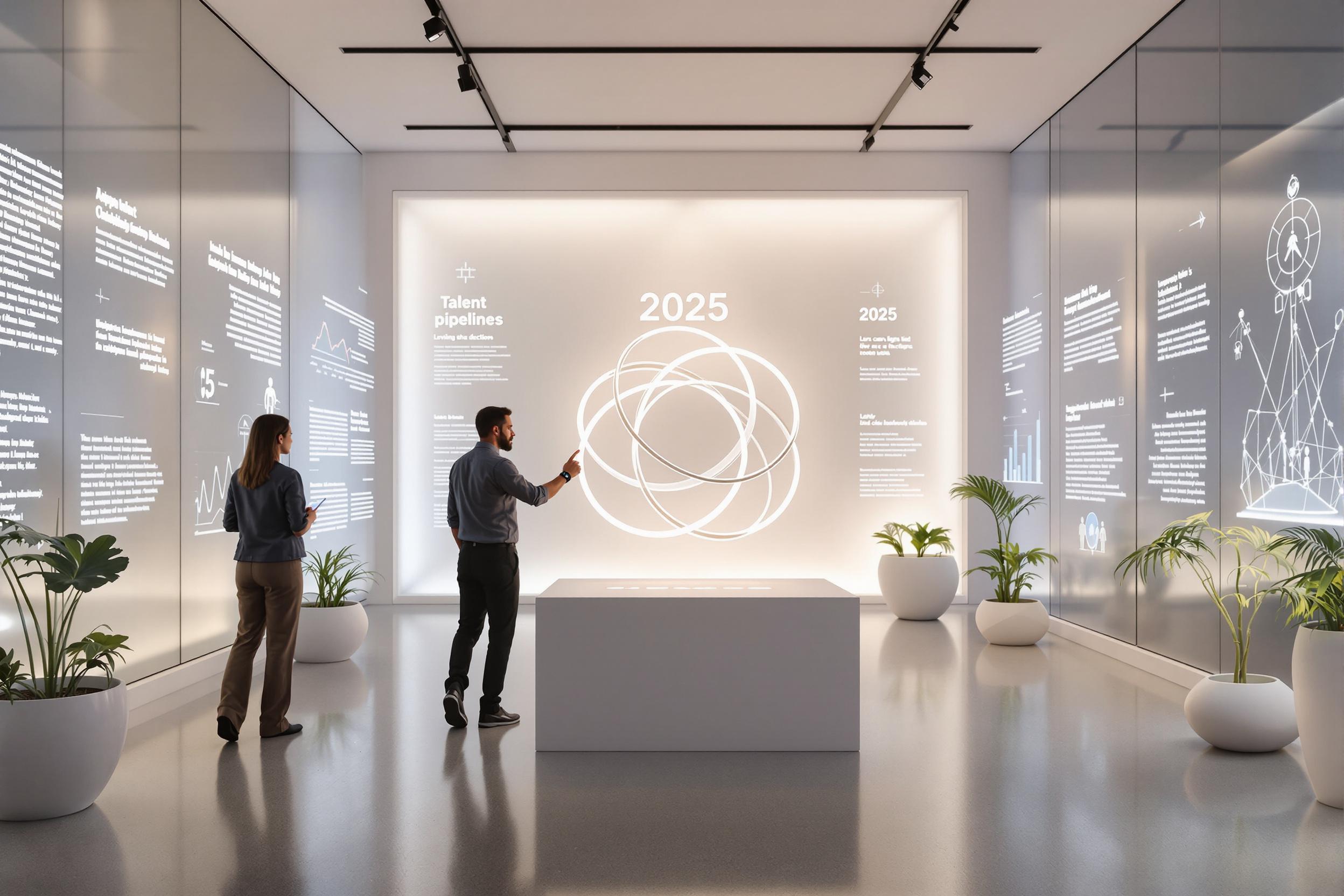
Forecasting
Forecasting is a key business skill where professionals use data to make educated predictions about future trends and outcomes. It's like being a weather forecaster, but for business metrics like sales, customer behavior, or market trends. Data analysts use various tools and techniques to look at past patterns and current data to help companies make better decisions about their future. This could involve predicting next quarter's sales, anticipating customer demand, or planning inventory needs. While there are complex mathematical methods involved, at its core, forecasting is about helping businesses plan ahead and reduce uncertainty.
Examples in Resumes
Developed Forecasting models that improved inventory management accuracy by 30%
Used Forecasting and Predictive Analytics to optimize sales strategies
Created Forecast reports that guided company expansion decisions
Applied Statistical Forecasting techniques to reduce supply chain costs
Typical job title: "Forecasting Analysts"
Also try searching for:
Where to Find Forecasting Analysts
Online Communities
Professional Networks
Job Boards
Example Interview Questions
Senior Level Questions
Q: Can you describe a time when your forecasting significantly impacted business decisions?
Expected Answer: Look for answers that show they've led major forecasting projects and can explain how their predictions helped the business save money or make better decisions. They should be able to explain complex concepts in simple terms.
Q: How do you handle situations where forecasting models give conflicting results?
Expected Answer: Strong candidates should explain how they evaluate different models, consider business context, and communicate uncertainties to stakeholders in an understandable way.
Mid Level Questions
Q: What factors do you consider when choosing a forecasting method?
Expected Answer: They should mention things like data quality, time constraints, business needs, and explain how they balance accuracy with practicality.
Q: How do you explain forecasting results to non-technical stakeholders?
Expected Answer: Look for candidates who can translate technical concepts into business language and use visual aids or simple examples to explain their findings.
Junior Level Questions
Q: What basic forecasting methods are you familiar with?
Expected Answer: They should be able to explain simple concepts like trend analysis and seasonal patterns in plain language, showing understanding of basic forecasting principles.
Q: How do you ensure the quality of data used in forecasting?
Expected Answer: Look for understanding of basic data cleaning, checking for missing values, and awareness of how data quality affects forecast accuracy.
Experience Level Indicators
Junior (0-2 years)
- Basic data analysis and Excel skills
- Understanding of simple forecasting methods
- Basic statistical concepts
- Report creation and data visualization
Mid (2-5 years)
- Advanced Excel and forecasting tools
- Multiple forecasting method knowledge
- Business metrics understanding
- Stakeholder communication
Senior (5+ years)
- Complex forecasting model development
- Strategic planning experience
- Team leadership
- Advanced problem-solving
Red Flags to Watch For
- No experience with basic data analysis tools
- Unable to explain forecasting concepts in simple terms
- Lack of business context understanding
- No experience with data quality assessment
- Poor communication skills with non-technical stakeholders




